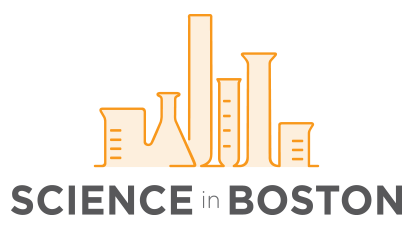This week we profile a recent publication in Nature Communications from the laboratory of Dr. Dario Lemos (pictured, third from left) at Brigham and Women’s Hospital, Harvard Medical School, and Harvard Stem Cell Institute.
Can you provide a brief overview of your lab’s current research focus?
Work in our lab located at the Harvard Institutes of Medicine is focused on tissue regeneration and bioengineering. We employ a combination of approaches, including the use of hPSCs and in vivo models to investigate kidney injury and renal disease.
What is the significance of the findings in this publication?
What are the next steps for this research?
The next steps will involve: 1) Getting a deeper understanding of the developmental origin of these tumors, which is currently unknown. 2) Developing novel therapies by targeting signaling pathways that we believe contain good druggable candidate molecules, with the ultimate goal of expanding the therapeutic options for the patients. 3) Exploring the role of the vasculature in the process of tumorigenesis, and for this we are investigating a variety of orthogonal methods in vivo and in vitro.
If you’d like to mention your funding sources, please list them.
Current funding for this project: Paul Teschan Research Fund from Dialysis Clinic, Inc.

